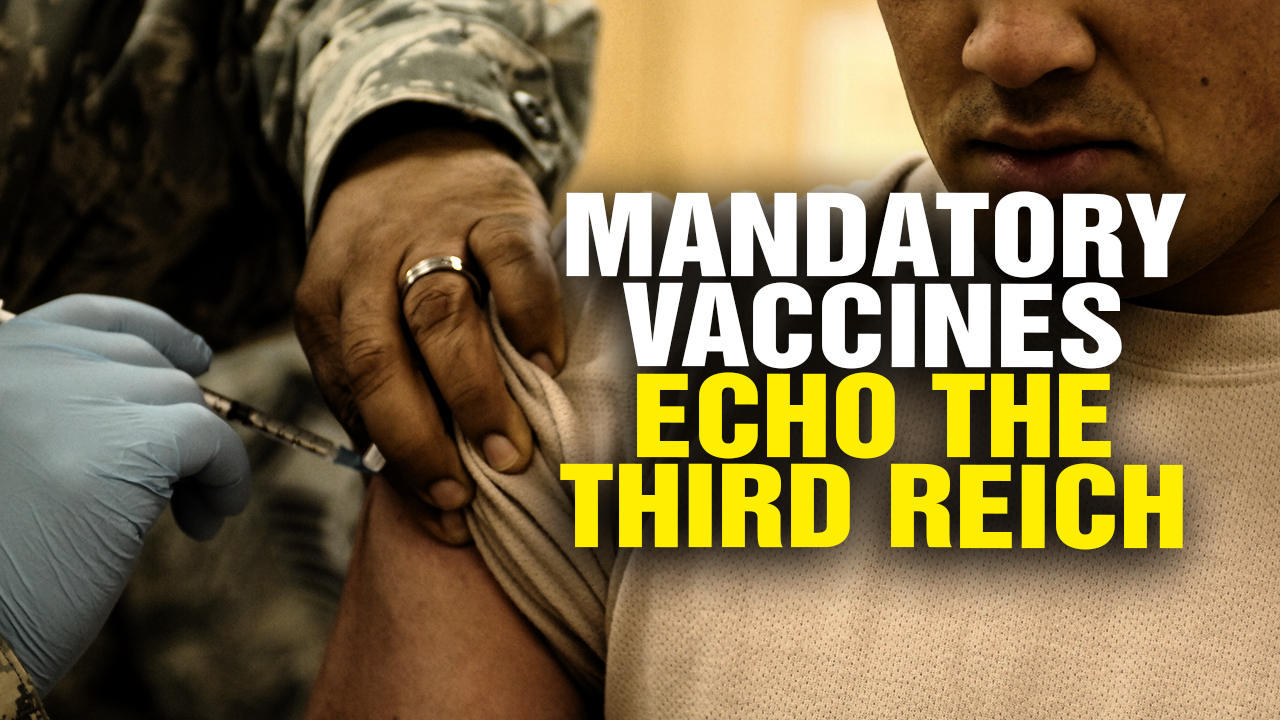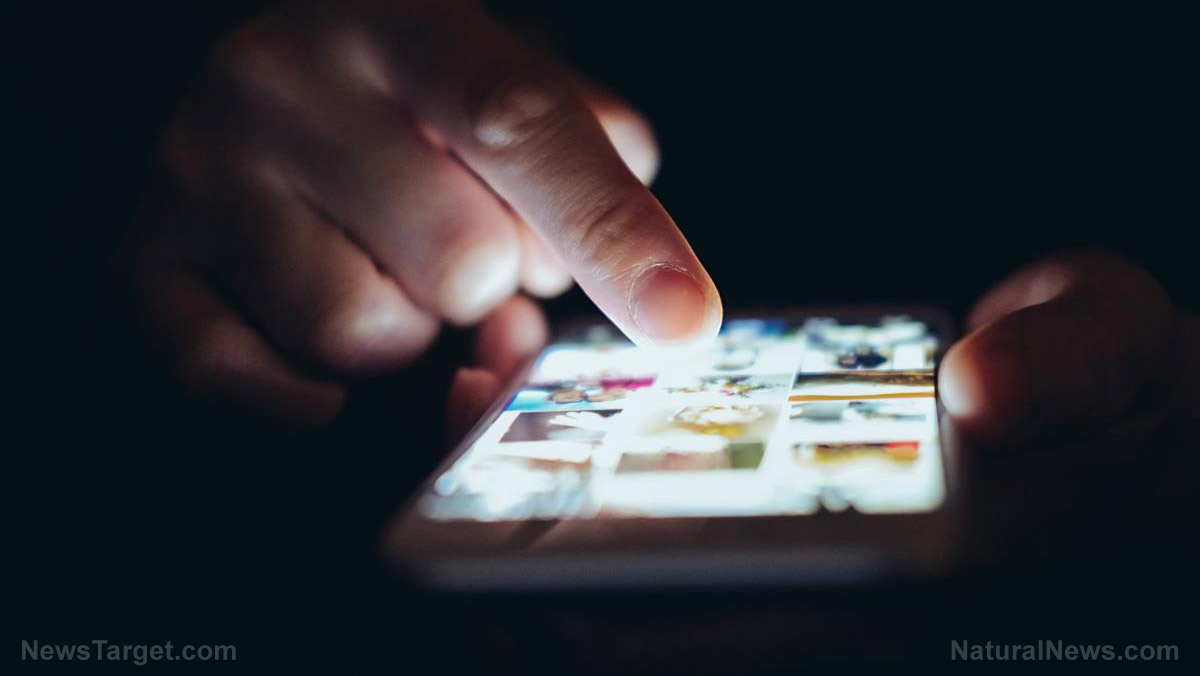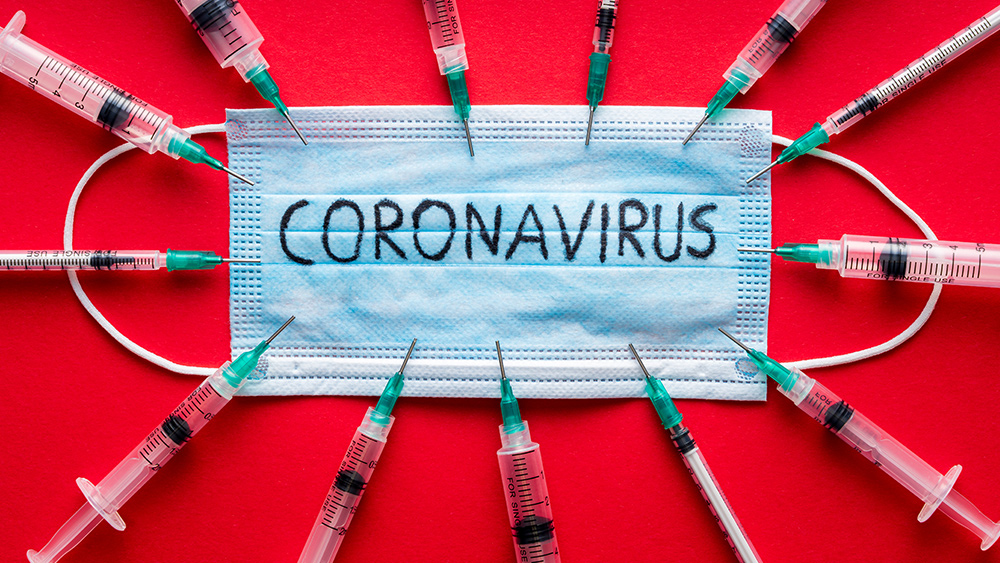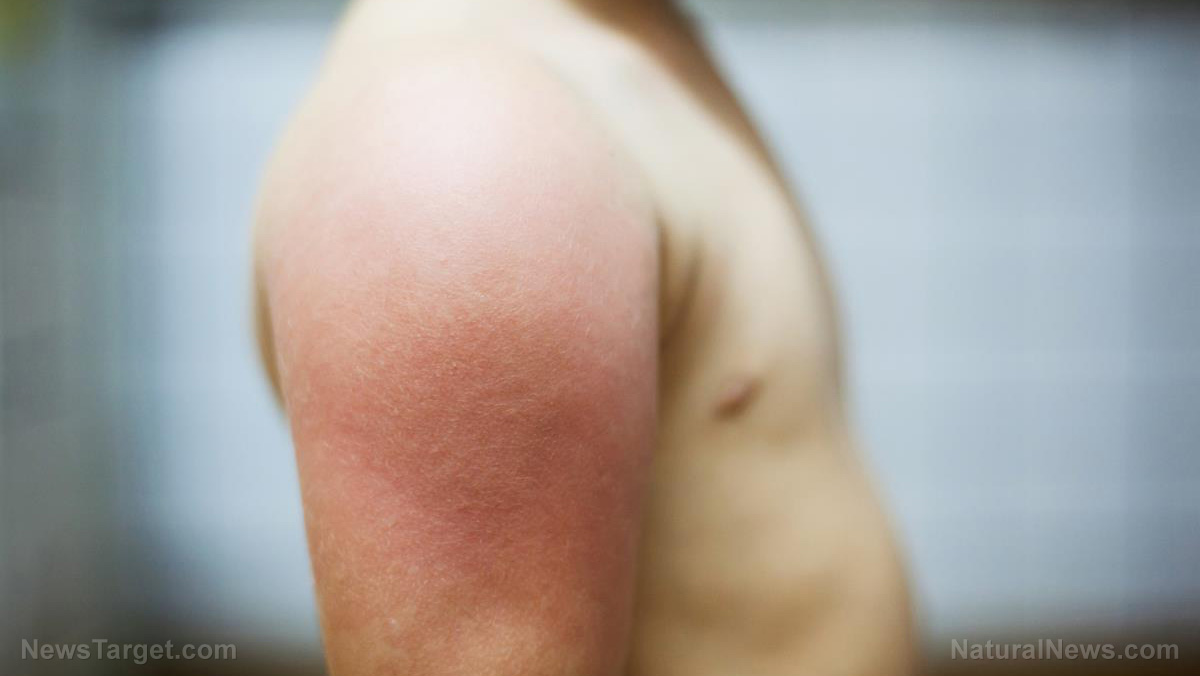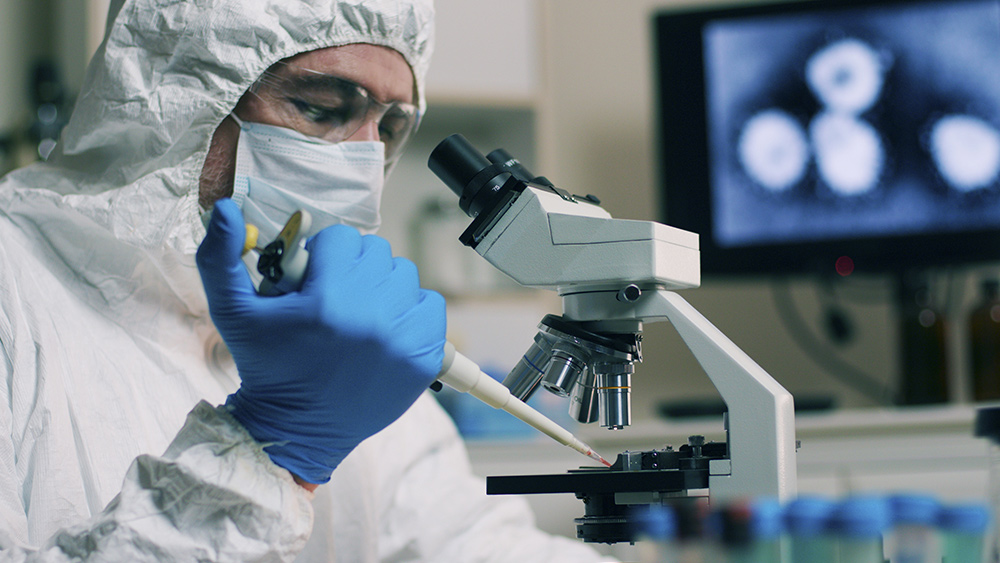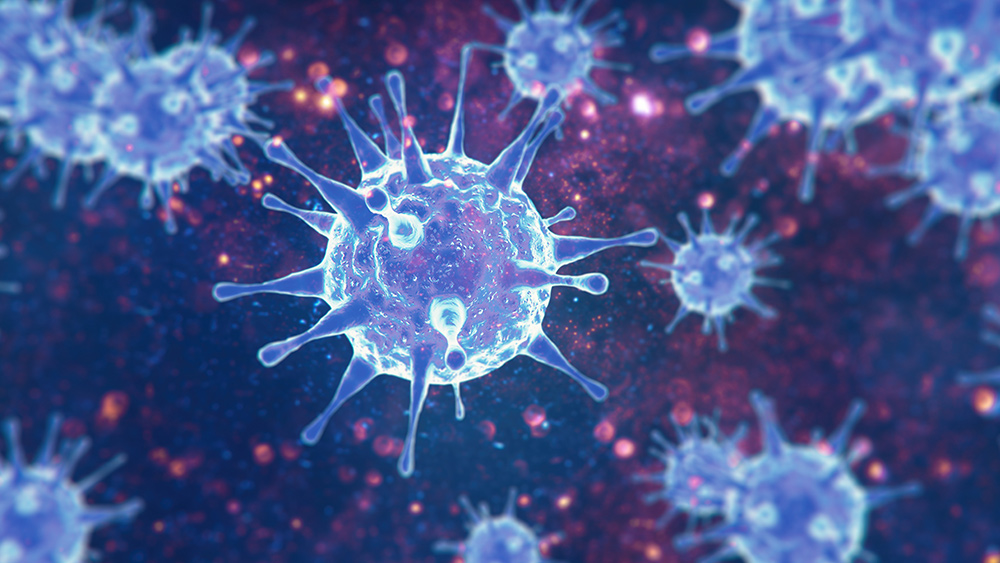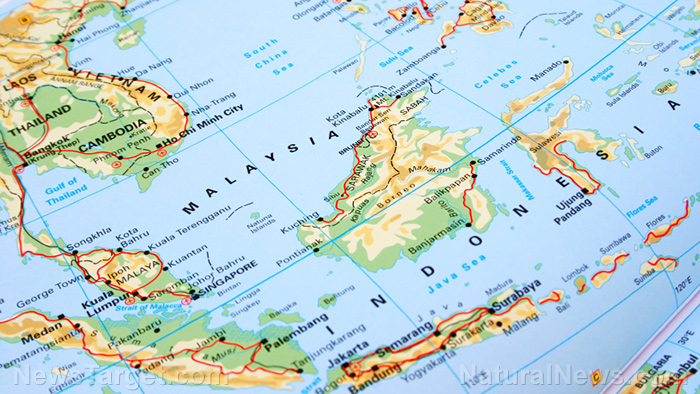Wuhan declares no new cases of coronavirus after mass testing, but are they telling the truth?
06/07/2020 / By Franz Walker
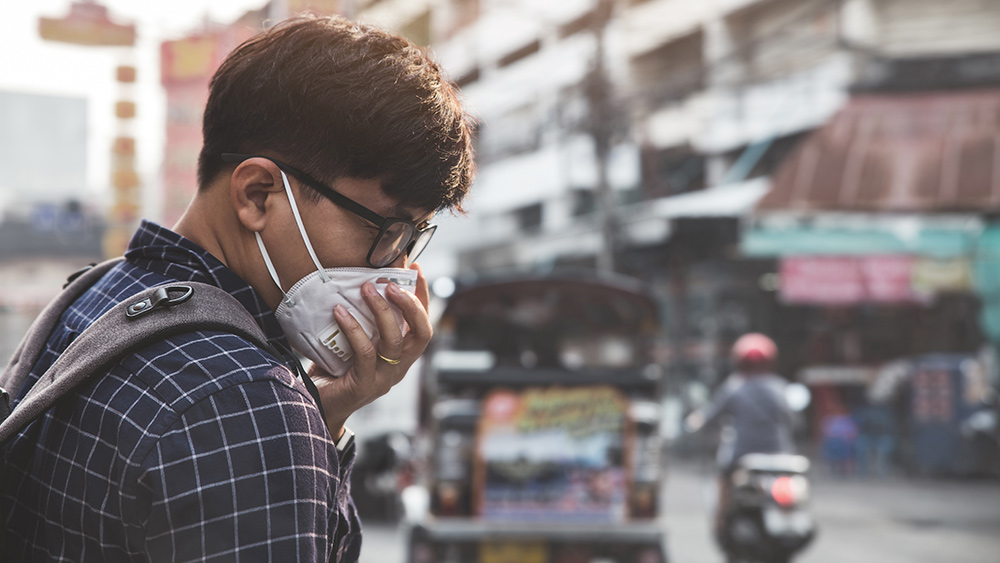
Wuhan authorities recently released the results of their recent round of mass testing, claiming that they had recorded no new cases of COVID-19 in the city. However, reports of irregularities with the testing, as well as news of actual cases of the disease, are calling these results into question.
In April, after a brief period where most Chinese regions reported little to no new cases of the coronavirus, a second wave of infections broke out in a number of locales in China, including Wuhan.
Following this second wave, local authorities in Wuhan ordered that all of the city’s 9.8 million residents should take a nucleic acid test. Based on the results, authorities claimed that only 300 asymptomatic carriers tested positive in the city.
In addition, authorities also stated that there were no confirmed diagnoses. Chinese health officials tally asymptomatic cases and those that test positive and show symptoms separately. (Related: RIGGED: China changes the definition of “infected” to ignore coronavirus patients who test positive but show no symptoms.)
Wuhan claims success in stopping the virus’s spread
The results of Wuhan’s mass testing were announced by Lu Zuxun, director of the Chinese Society of Preventive Medicine, at a press conference on June 2. Wuhan health authorities had arranged for the testing, but it was performed by third-party companies.
According to the results, out of the 9,899,828 people who were tested, not one was diagnosed as a patient.
“This shows that the coordinated efforts by Wuhan to carry out nucleic acid tests are showing positive results,” the Wuhan Health Commission said, suggesting that the testing program may have helped break the virus’s silent spread in the city.
Testing methods called into question
Citing interviews with Beijing and Wuhan officials, news magazine Caijing reported on May 19 that the companies sped up the testing process by mixing five to ten individuals’ samples together. The testing equipment takes roughly four hours to perform one test, the report states.
Caijing confirmed with the directors of two of the testing companies, doctors in Wuhan, as well as with Li Jinming, deputy director of the National Center for Clinical Laboratories at China’s National Health Commission that the mixing of samples was taking place.
According to one government researcher interviewed by Caijing, mixing ten samples together can reduce the cost of performing the test by as much as 70 percent. However, the results obtained in this way would not be accurate. In particular, if one of the samples contains the coronavirus, mixing it in with other samples would dilute the concentration of the virus in the sample — possibly making it undetectable.
However, some have denied that this is happening. The head of one of Wuhan’s hospitals told Caijing that, as far as he knew, hospitals were still testing the samples one by one.
Meanwhile, one Wuhan resident going by Ms. Zhang reported to the Chinese-language Epoch Times that testing in the city was being performed in a haphazard manner.
“[The medical staff] just picked up a little bit of saliva from my tongue [as a sample],” said Zhang. Coronavirus testing usually involves taking a sample from the back of the nasal cavity with a swab.
While the government continues to report zero new cases, reports are coming in that state otherwise. On May 12, Beijing-based news outlet Caixin reported that when Wuhan officials performed blood antibody tests on 11,000 local residents in April, five to six percent of them tested positive for antibodies related to the coronavirus.
Visit Pandemic.news for more updates on the coronavirus.
Sources include:
Tagged Under: China, conspiracy, coronavirus, coverup, covid-19, disease, Flu, infections, lies, mass testing, outbreak, pandemic, propaganda, superbugs, testing, virus, Wuhan


